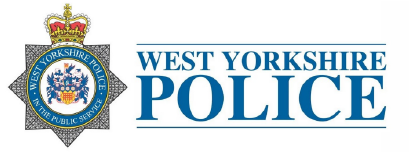How Do Victims and Offenders Communicate Through Restorative Justice?
Posted on: 16th, September 2024
In Restorative Justice (RJ), communication between victims and offenders is crucial, helping the healing process by allowing both parties to understand one another. We create a safe space where victims and offenders can share their experiences and emotions, and this is how communication typically unfolds.
Preparation Phase
Before communication takes place, a trained facilitator will meet with both the victim and offender separately to prepare them for the encounter. They will explain the process, address any concerns and make sure both parties are willing to participate. They will also clarify that the purpose of communication is not to punish, but to allow the victim to express how they feel and the offender to acknowledge responsibility. This is when expectations around behaviour, language and respect are set.
During this phase, if the participants (or facilitators) feel a face to face meeting isn’t the right approach, they can instead go through Indirect Restorative Justice.
Direct Restorative Justice (Face to Face Meeting)
This is when the victim and offender have a structured face to face meeting. It typically includes:
Victim’s perspective: where the victim has the opportunity to discuss how the crime has affected their life emotionally, physically and psychologically.
Offender’s perspective: after listening to the victim, the offender can then respond which could include an apology, an explanation of their actions or expression of remorse.
Questions and answers: victims often have questions such as why the crime happened, what the offender was thinking and whether they feel regret. A face to face meeting provides the chance for these questions to be answered, which can help victims put the crime behind them and begin the healing process.
Indirect Restorative Justice
If the victim or facilitators feel that a face to face meeting would be too harmful or distressing, they can instead go through the Indirect Restorative Justice process. This can be facilitated through a number of ways, such as:
- Phone or video calls
- Letter writing
- Emails
- Passing on messages through a third party
Community and Family Involvement
In some Restorative Justice meetings, family members, community representatives, or support persons may be present to provide additional perspectives on the harm caused or the healing process.
Agreement and Resolution
At the end of the communication process, both parties work together with the help of the facilitator to reach an agreement on how the offender can make amends. This may include apologies, restitution or community service and the goal is to find meaningful ways to repair the harm that’s been done.
Following up and Impact
After communication has occurred, facilitators may continue to check in with the victim and offender to make sure the agreement is being fulfilled and to offer emotional support. This helps both parties process the whole experience and move on from it.
For victims, having the chance to express their feelings and the emotional impact of a crime to the offender can be empowering and healing. It offers them control over the situation and an opportunity to communicate how their life has changed as a result of the crime to the offender. For offenders, hearing from the victim can lead to a deeper understanding of the impact of their actions. This can spark genuine remorse and a commitment to making amends in the future.
We strive to ensure that everyone who takes part in Restorative Justice feels as comfortable as possible, so we will always try to make any accommodations needed to make the process a positive experience for participants. If you feel that Restorative Justice could be for you, be sure to get in touch.



